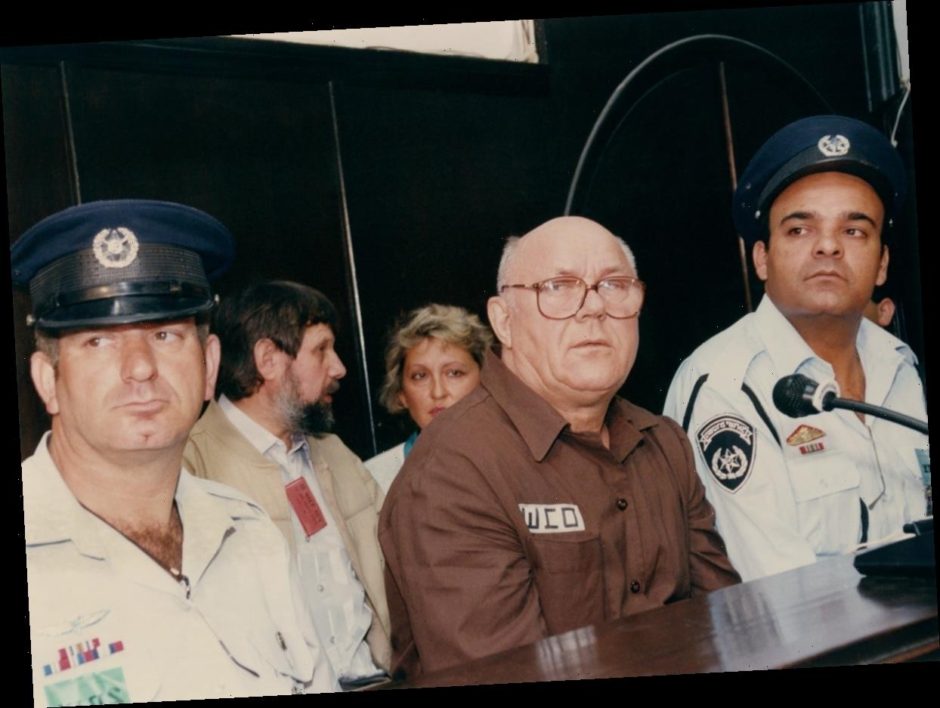Nazi war criminals have been brought to justice in a succession of trials since the Holocaust. The trial of John Demjanjuk — a naturalized American citizen of Ukrainian descent accused of being the notorious Ivan the Terrible — still resonates three decades later.
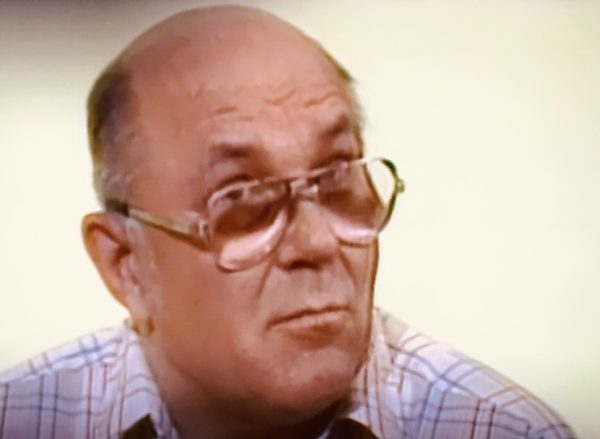
An infamously brutal guard who worked at the Treblinka and Sobibor extermination camps in Poland, he was extradited to Israel from the United States in 1986, claiming he had been mistaken for someone else. Convicted two years later, he was sentenced to death by hanging. But in 1993, the Israeli Supreme Court freed him, and Demjanjuk went back home to his family in Cleveland. The story did not end there. In 2009, he was extradited to Germany to face yet another trial.
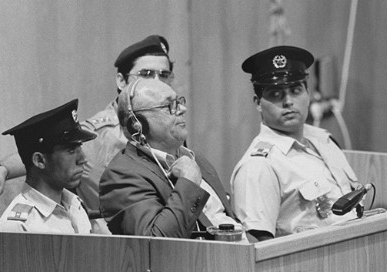
A new five-part Netflix documentary series, The Devil Next Door, deftly examines the twists and turns of this convoluted saga. An amalgam of file footage and interviews, it’s an intriguing, exhaustive and balanced treatment of an important case in the annals of war crimes prosecution.
Demjanjuk, born in the Soviet Union, was a Red Army soldier during World War II. Captured by the Germans, he was sent to Trawniki, an SS training camp for concentration camp guards. After arriving in the United States, he settled in Seven Hills — a Cleveland neighborhood populated by working-class European immigrants like himself — and found a steady job as a Ford auto worker. A law-abiding citizen who cherished his wife and three children, he seemed like the ideal immigrant.
He is remembered today as a diligent worker and a kind and gentle father. But as often happens, his past caught up with him. In the summer of 1985, when he was in his mid-60s, the U.S. government charged him with having been Ivan the Terrible — a sadist who herded Jews into the gas chamber — and revoked his citizenship. Since Demjanjuk had committed his crimes outside his adopted country, the United States had no jurisdiction over him and handed him over to Israel.
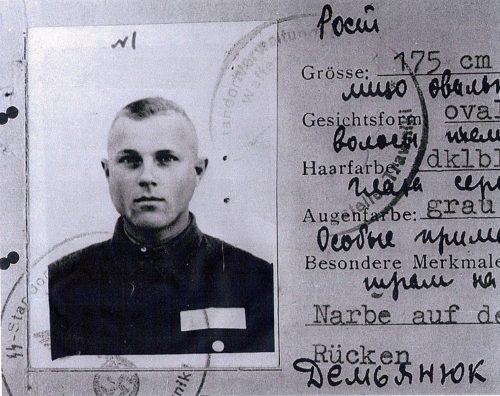
Mark O’Connor, his lawyer, was certain that the Soviet evidence that landed his client in trouble was forged and designed to drive a wedge between the Jewish and Ukrainian communities in America. He was especially skeptical of Demjanyuk’s identity card, which was issued by the SS in Trawniki in 1942. O’Connor dismissed it as a “fake” document, but the prosecution described it as the most important piece of evidence against Demjanjuk.
Eli Gabay, an Israeli prosecutor, was convinced that Demjanjuk was indeed Ivan the Terrible. “It was very important for this man not to get away,” he says. Ed Nishnic, his son-in-law, was certain that the “truth” would prevail and that his father-in-law would be released.
Upon disembarking from his flight to Israel, Demjanjuk bent forward to kiss the ground of the Holy Land, but was prevented from doing so. An optimist, he believed that no harm would come to him in Israel.

Yoram Sheftel, Demjanyuk’s Israeli lawyer and O’Connor’s assistant, had no doubt that he was not Ivan the Terrible. “The evidence was a very flawed,” he says, adding that Israel’s intention was to mount a “show trial.”
On the eve of Demjanyuk’s trial in Jerusalem, dubbed case 3736 by the authorities, he protested his innocence, insisting he had been neither in Treblinka nor in Sobibor.
The trial began in the winter of 1987, and was an emotional spectacle that riveted Israelis.
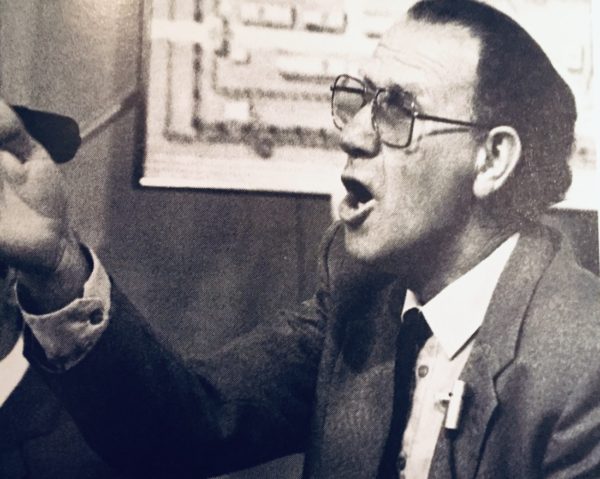
Pinhas Epstein, a Treblinka survivor, gazed at the defendant intently and identified him as Ivan the Terrible. “I see him, I see him,” he exclaimed. Another witness said that Ivan the Terrible would push people into the gas chamber with the tip of a spear.
Eliahu Rosenberg, yet another witness, asked Demjanjuk to remove his glasses so he could look into his eyes. “That’s the devil,” he declared, identifying him as the monstrous Ivan the Terrible. Demjanjuk twice offered to shake Rosenberg’s hands, but was resolutely rebuffed.

The reliability of Rosenberg’s testimony was momentarily called into question when Sheftel produced a document, written by Rosenberg in 1947, attesting to Ivan’s death. In his account, Rosenberg wrote that Ivan had in fact been killed by prisoners in a revolt in 1943. In response to this discrepancy, Rosenberg said he had merely engaged in wishful thinking.
Yet another witnesses, Gustav Boraks, exhibited signs of dementia, causing concern that Demjanjuk would be absolved and set free. In an implicit reference to Boraks, Sheftel — a theatrical and somewhat pretentious person — claims that some of the witnesses suffered from senility and were outright liars.

According to this documentary, the majority of Israelis hated Sheftel more than Demjanjuk himself. Sheftel admits that his mother refused to talk to him during the duration of the trial.
O’Connor, sacked by Demjanjuk’s family midway through it, was replaced by Sheftel. Looking back, O’Connor says that Sheftel conspired against him.
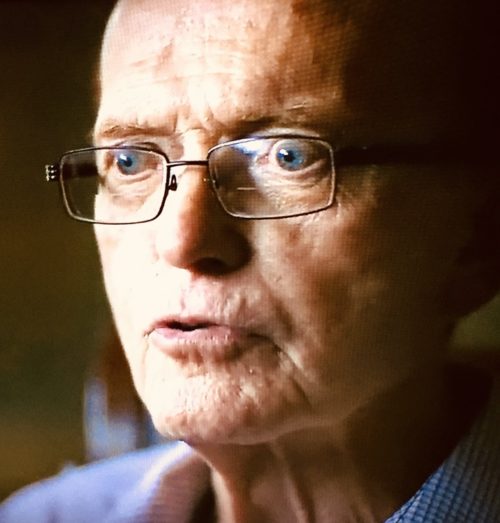
As he watched the proceedings, Demjanjuk was impassive. “He was a blank,” says a court artist. But when he launched into his testimony, he was animated, reiterating his innocence and expressing sympathy for the victims of the Holocaust. “My heart goes out for you people,” he said.
On the other hand, he incriminated himself by admitting he had been in the vicinity of Sobibor and had tried to remove a tell-tale SS tattoo on his armpit.
Demjanjuk was sentenced to death in April 1988, whereupon Sheftel launched an appeal and hired an former Israeli judge, Dov Eitan, to assist him. Shortly after Eitan — a closet homosexual — accepted the assignment, he committed suicide, jumping from the roof of Jerusalem’s tallest building.

In the wake of the court’s verdict, Sheftel received fresh information that a deceased Ukrainian named Ivan Marchenko had actually been Ivan the Terrible. The court also learned that Demjanjuk’s mother’s maiden name had been Marchenko.
Much to the shock and anger of Israelis, Israel’s Supreme Court absolved Demjanjuk of guilt, but maintained that he had been at Treblinka and Sobibor. Twenty five years on, two of the trial judges are still convinced he was guilty as charged.
Free to leave Israel, Demjanjuk returned to the United States in 1993. He won back his citizenship in 1998, but remained under investigation by the U.S. government. Eli Rosenbaum, the former director of the Office for Special Investigations, a Nazi-hunting unit, says he is certain that Demjanjuk was Ivan the Terrible.
Based on new evidence proving that Demjanjuk had concealed his service in Sobibor, a judge revoked his U.S. citizenship in 2002. In 2005, a second judge ruled that he could be deported to Ukraine, Poland or Germany.
German prosecutors filed charges in 2009 linking him to Sobibor and Trawniki, and Demjanjuk was flown to Munich to stand trial. He was convicted in 2011 of 28,060 counts of being an accessory to murder. His case broke legal ground because he was the first person to be convicted solely on the basis of his role as a concentration camp guard. Sentenced to five years imprisonment, he was released pending his appeal. Demjanjuk died in a Bavarian nursing home in 2012 at the age of 91.
Seven years after his death, the Demjanjuk case remains a source of controversy. As Michael Shaked, the Israeli prosecutor at his trial, aptly puts it, “The whole story is an unfinished business.”
